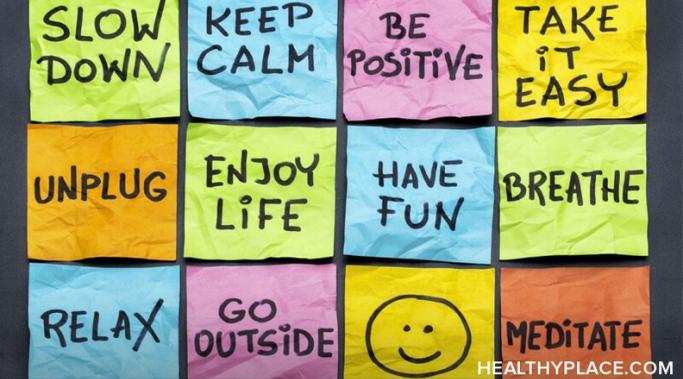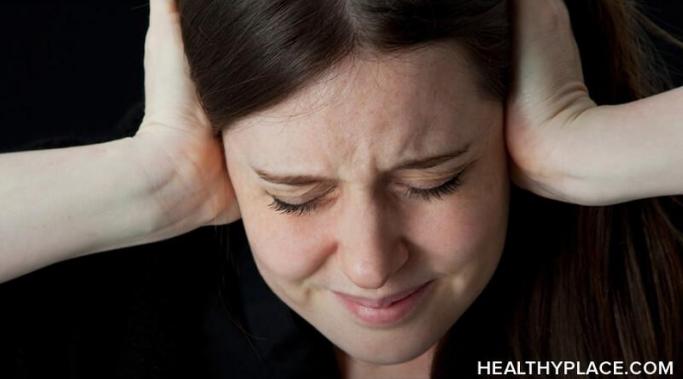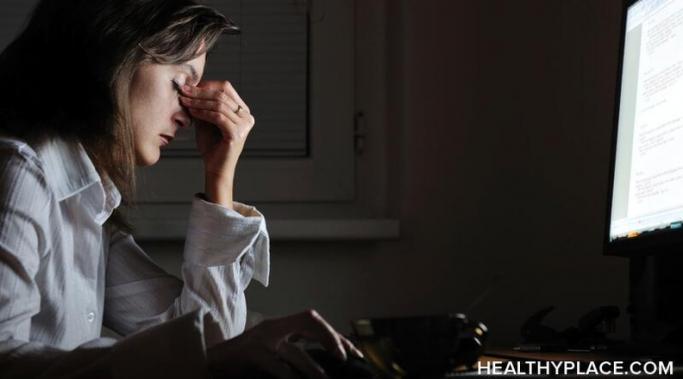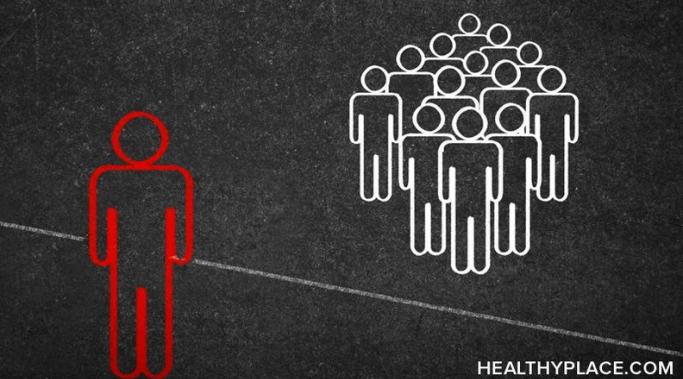Is there an easy way to say goodbye? There isn't if you've really enjoyed your journey thus far. However, sometimes we reach a crossroads where changes are necessary to carry on, and I've realized I've just reached mine. This is my last post for "Speaking Out About Self-Injury," though it certainly won't be the last time I talk about self-harm.
Self-Injury Awareness
As self-harmers, we often need to slow down instead of putting ourselves under more pressure, especially when we feel we have something to prove to ourselves. The ongoing pandemic made many people extra productive, especially at the start. Whether it was a form of distraction from the current reality or a genuine wish to catch up on unfulfilled passions, I saw many of my friends, myself included, suddenly throwing themselves into the sea of new tasks and responsibilities. However, being busy and having a hectic life isn't always good when you're prone to self-harm.
This post is not necessarily about wrist scars, as self-harm can come in many forms. This is just a reflection on my personal experiences with self-injury in the wrist and forearm area, as that's where I used to hurt myself. I feel most people react to scars similarly, especially if their reaction comes from ignorance or fear rather than love. Therefore, this post might be helpful if you know someone who self-harms and you wonder how to behave around them.
Hurting yourself to get out of work or school can seem like a tempting option—maybe even your only option—when you're overwhelmed and feeling trapped. But self-harm is, ultimately, a solution that causes more problems than it solves.
Self-injury often travels with certain psychiatric conditions. One such example is bipolar self-harm. This is not necessarily a symptom of bipolar disorder, but I think many bipolar patients ended up hurting themselves at some point in their lives. Why do we do it? As always, self-harm is a complex phenomenon, so I may not have all the answers, but I can share my own experience in this post.
When you experience a panic attack, the physical sensations are so intense they often cloud your judgment. For example, you may hyperventilate while the room seems to spin and your heart is about to race out of your chest. Some people may also feel like they're cornered in a flight-or-fight situation and may even self-harm during a panic attack. Why does that happen? I'm not sure I have the answers, but I can offer my personal insight.
Whether you've slowed down due to the pandemic or thrown yourself into the sea of new responsibilities, you might feel emotionally exhausted as a result. This is completely normal, though it might become an obstacle on your road to self-harm recovery. Burnout could easily become a trigger and exacerbate self-harm urges, so it's important to recognize the signs and take action before it's too late.
May is Mental Health Awareness Month, and we've almost reached the end of it. Each year, I see more and more people opening up about their struggles, encouraged by themed conversations on social media and beyond. However, I feel self-injury is particularly difficult to talk about publicly, so self-harm stigma is still going strong. Why are people so afraid of self-harm?
Most people associate self-harm with self-imposed physical injuries that can be seen on the surface of one's skin. However, self-injury can come in many other forms and include behaviors that are much more complex. For instance, some people may use binge eating as self-harm, or they may struggle with an eating disorder like anorexia or bulimia that fuels their self-injury.
As a self-harmer, you can easily become convinced that choosing to hurt yourself, rather than others, is the right thing to do. But if there's one thing I learned from my own self-harm experiences, it's that hurting yourself to help others rarely works out the way you hope it will.









